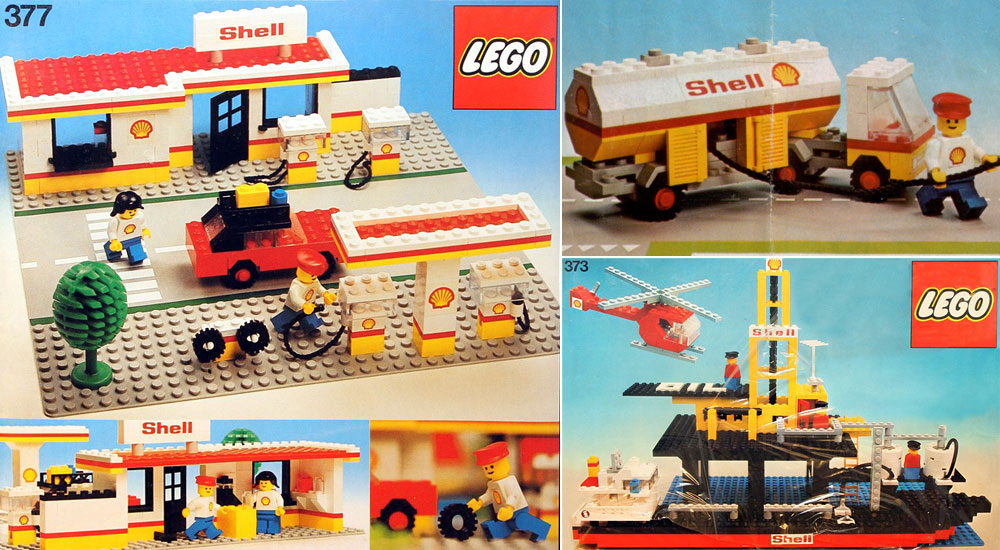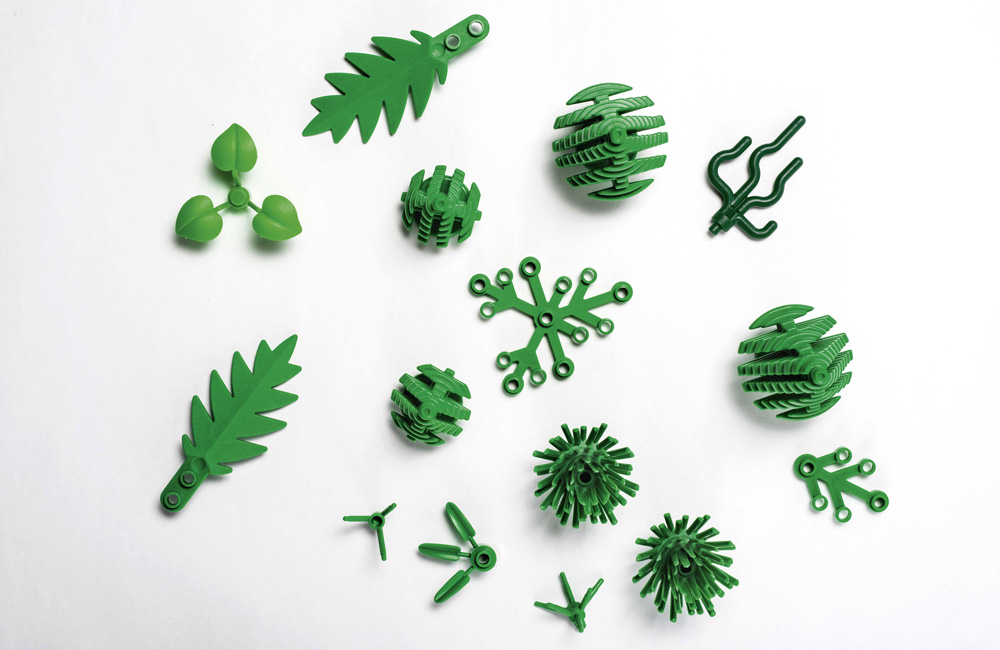Lego will "turn green" (but it will still hurt to attack its cubes)

“Green” technologies and sustainable production methods reached the world-favorite designer Lego. The Danish manufacturer of famous plastic cubes decided to try to switch to more “eco-friendly” materials. Specifically: from the ABS plastic produced from oil to sugar cane polyethylene.
For the company, such a socially responsible step was the result of an ecological epic that has been going on for several years. The fact is that, since the 60s, the Lego Group has collaborated with Shell Oil and Gas Corporation. They even produced themed kits, decorated with a large logo of the concern.

')
In 2011, the deal with Shell was resumed; as part of a multi-million contract, the designer was sold at branded gas stations in 26 countries. At about the same time, oilmen began to show an active interest in the Arctic shelf and even began to explore deposits there. The environmental organization Greenpeace opposed oil production in the Arctic, and decided to put pressure on Shell partners. That is, on Lego.
The satirical viral movie Everything is NOT Awesome, published in 2014, turned out to be a very effective part of the Green campaign. With it, they criticized both the drilling of the shelf and the Lego contract with Shell. Movie scored three million views, after which YouTube temporarily blocked it on the complaint of Warner Brothers (the studio owns the rights to "Lego. Film", the images of which appear in the video Greenpeace).

However, the "green" won in the Arctic confrontation. As a result, in 2015, the Lego Group established a separate division called the Sustainable Materials Center, which was to search for alternative, less environmentally damaging materials from which to produce legendary cubes. Initial investment in the project amounted to about 165 million dollars.

The initiative has finally borne fruit. Just a few days ago, on March 1, Lego announced that it would start producing green cubes. The devil is in the details: as long as the iconic cube itself remains unchanged. The material change will be tested only on decorative, “vegetable” parts - toy trees, leaves, grass and bushes. They will begin to appear in the new Lego sets in the current, 2018.

Such a long wait is due to the fact that the center reacted to the search for the "right" plastic incredibly scrupulous (apparently, Lego does not want to be under the fire of environmentalists again). As it was said at the very beginning of the article, sugar cane will become a new raw material, but not the first available one, but selected according to the recommendations of the Raw Material Alliance for Bioplastics, organized by WWF. Moreover, the cane is certified according to the Bonsucro Chain of Custody traceability standard.
In the process of processing vegetable raw materials obtained ethanol. From it, in turn, make polyethylene. In a press release, Lego stated that this "bioplastic" is technically identical to the usual, derived from oil. Parents and children will not feel the difference between the “green” and traditional parts, they assure the company, and the cubes made 60 years ago will be compatible with the new ones, as before.
If everything goes according to plan, Lego will completely replace the old ABS-plastic cubes with new, “reed”, by 2030. In addition, the Danes invested in wind energy, and began producing pallets of cellulose for the designer’s Christmas sets.

The environmental initiatives of large corporations make many people roll their eyes. Lego has serious holes in its plans - for example, reed polyethylene is capable of clogging up the environment as successfully as its “wrong” oil counterpart. However, any progress towards sustainable development is better than their absence. What do you think about this?


Source: https://habr.com/ru/post/410873/
All Articles